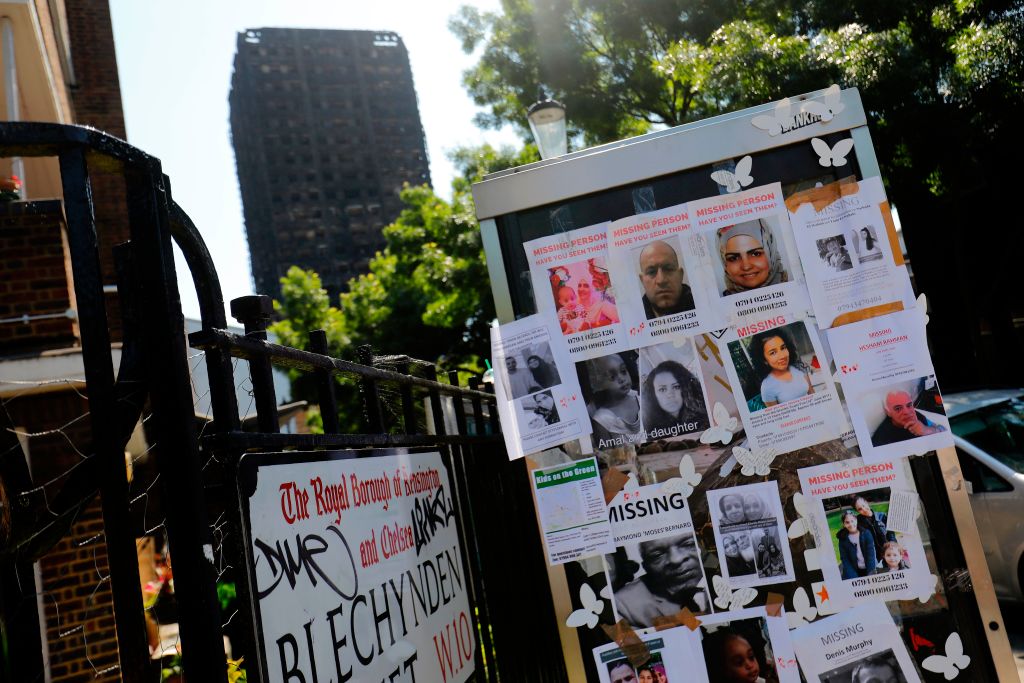Why is it taking the government so long to give even a ballpark figure of the number of people who are missing, presumed dead, in the Grenfell Tower fire? The streets around the disaster site are littered not just with appeals to find missing relatives and friends but also with posters alleging a cover-up and that the true number of dead is much higher than the official figure of 79.
Most accept that the destruction caused by the fire makes it extremely difficult to identify many of those who were killed in it. But what is causing frustration among survivors and desperate friends and family is an apparent refusal to accept that there must be more than 79 people who are missing, presumed dead. Housing Minister Alok Sharma was asked about this on the Today programme, and refused to go beyond that figure, saying:
‘The number that I have currently is 79, and look, I absolutely… 79 is the number of people who are confirmed dead or missing or presumed dead and look, I absolutely understand how traumatised people are by this.’
He then pointed to what most of those involved in the response to Grenfell accept is a significant factor in the confusion over how many people would have been in the tower on the night of the fire: the existence of illegal sublets and people who were worried about their immigration status:
‘What we want to make sure is that we build up as clear a picture as possible, and I know one of the concerns that people will have is that if their immigration status wasn’t completely clear, they may have concerns about coming forward, there may have been people living in that building who had sub-tenancies: we’ve been very clear that we will not act in any way against these people.’
Working out who was in Grenfell Tower who might not have been officially living there will be difficult. But what has angered those affected by the fire is that there seems to be no attempt to use data from other sources, such as schools, HMRC, even mobile phone companies, to at least arrive at a ballpark figure of how many people might have been there. This is something Labour MP David Lammy has been pressing the government on, arguing that conspiracy theories are starting to take root as a result of the silence on the death toll:
‘The community are not asking for an exact figure but in 2017 it should be possible to use data from across government departments and agencies, school records, council records, the TMO’s records and data from mobile phone companies to at least come up with an estimation of how many people lived in Grenfell. People are telling me that they are suspicious that the true figure is being withheld in an attempt to prevent the outbreak of civil unrest. But it is clear to me that the lack of information is driving a wedge between the authorities and those who they are elected to serve and there are question marks about whether the authorities can regain the trust of the community if this carries on.’
The Grenfell Recovery Taskforce met today, but the official read-out contained no reference to work on estimates of the number of people who might have been in the tower. It will inevitably be raised by MPs when Sajid Javid gives a statement on the matter in the Commons this afternoon.
For people who feel that their concerns about a possible fire were ignored and that the response to the fire was woefully inadequate, it is easy to feel as though the state doesn’t deserve to be trusted at all. Even something that isn’t a cover-up can hurt if it appears as though those with power aren’t using it in every way they can to give people who are traumatised, grieving, and frightened all the information they can.







Comments